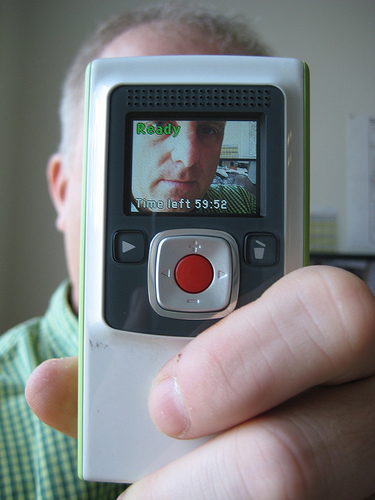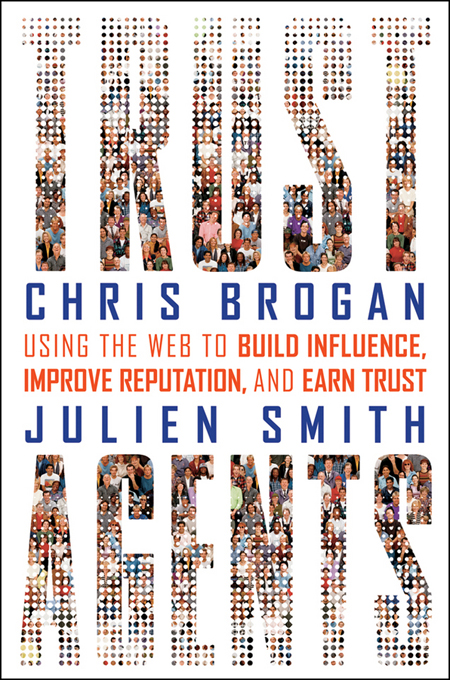
Forgive the stream of consciousness. But it’s a summer Friday and I feel like philosophizing.
“Posessions, possessions, possessions. It’s getting to be a disease.” I can’t remember who said that but it’s one of my favorite quotes.
I read an interesting article on CNET news today about how video game sales had declined for the fifth month in a row. It’s a well written piece but not once does the author mention how the rise of casual gaming and the prevalence of free game related entertainment online might impact those figures (surprising, given the site on which the article appeared).
But it also reminded me of a recent experience some of my friends had when they went to purchase a title for their newly acquired Wii. They had to visit a games store that was severely understaffed. Unable to find any sales assistance, my friend opened an (unlocked) glass display cabinet and grabbed the title he was after. Whereupon he was berated by a store staffer, who explained in loud tones that only employees were allowed access to the displays and he should have waited until one of them deigned to serve him. Needless to say he won’t be shopping there anytime soon.
Contrast that to the online purchase experience. If the game was available for purchase from the Nintendo store (which he could access with his gaming device), my friend could browse and find the title without leaving home. He could then purchase the title and be playing it in the time it would take him to visit his local retail games outlet. is it any wonder physical game sales are declining.
Actually, is it any wonder sales of most physical items are declining? When was the last time you bought a CD? For me, it’s been a least a couple of years. Increases in bandwidth and lower prices on devices will probably drive down DVD and book sales in the next couple of years as well. And with the growing Netbook trend and the emergence of cloud computing, I don’t think I would want to be in the desktop computer business either.
All of this has a knock on effect as well.It’s not just software that’s migrating to “the cloud” these days. It’s all media.If we don’t need 100s of DVDs or CDs anymore then we don’t need rooms to store them in. That could mean we’re happier with smaller houses and apartments. Or that furniture sales might go down too. And the retail real estate market is changing as well. Who needs “Big Box” retailers when the products they sell don’t really require physical space.
In the end, these trends have an enormous impact on all our businesses. Much of the advertising, marketing and retail efforts of the 20th century was built around the acquisition of stuff. And we needed bigger houses and bigger cars to keep our stuff in (as George Carlin famously observed). But now we’re not buying stuff (Not forgetting that we still need food, clothing and shelter). We’re buying experiences. That’s a completely different business model and a completely different way of approaching things as well. And we need to change our communications accordingly.
We also need to change our metrics. As Doug Rushkoff recently pointed out, we’re trying to measure a new era by the old standards. Will things like the Consumer Price Index and other measures of retail spending still have the same relevance in this new era? Or is it time to find different ways to measure our behavior patterns? Digital resources are practically infinite. And that eliminates a lot of the zero sum thinking that’s informed our economics for the last 100 years.
In a post capitalist era as our economy moves further and further in to the digital realm, how do we measure success? How do we communicate with consumers who live in the clouds?

![Reblog this post [with Zemanta]](http://img.zemanta.com/reblog_e.png?x-id=05da85ea-bf6a-4dc5-9672-bc5637388c2b)
 We’re # 646! We’re #646!
We’re # 646! We’re #646!




